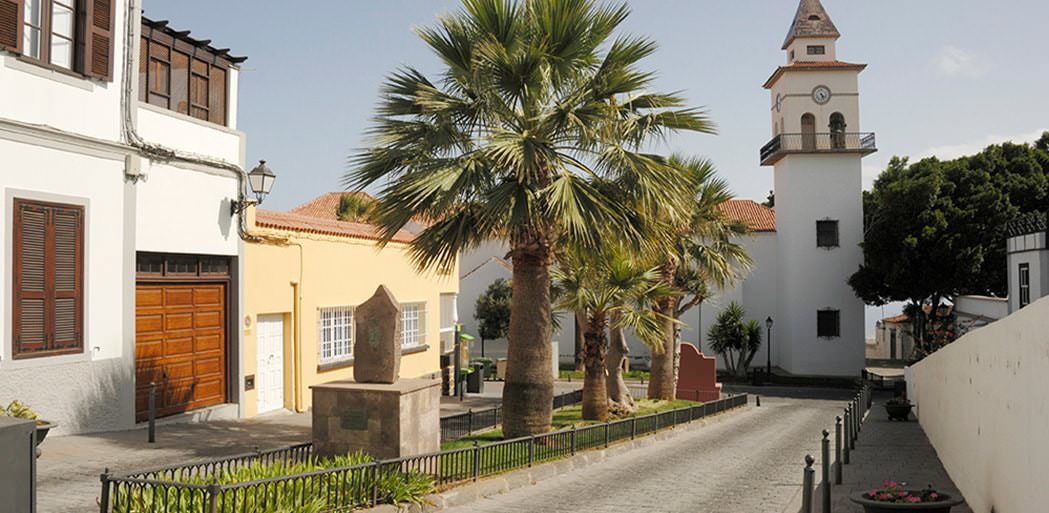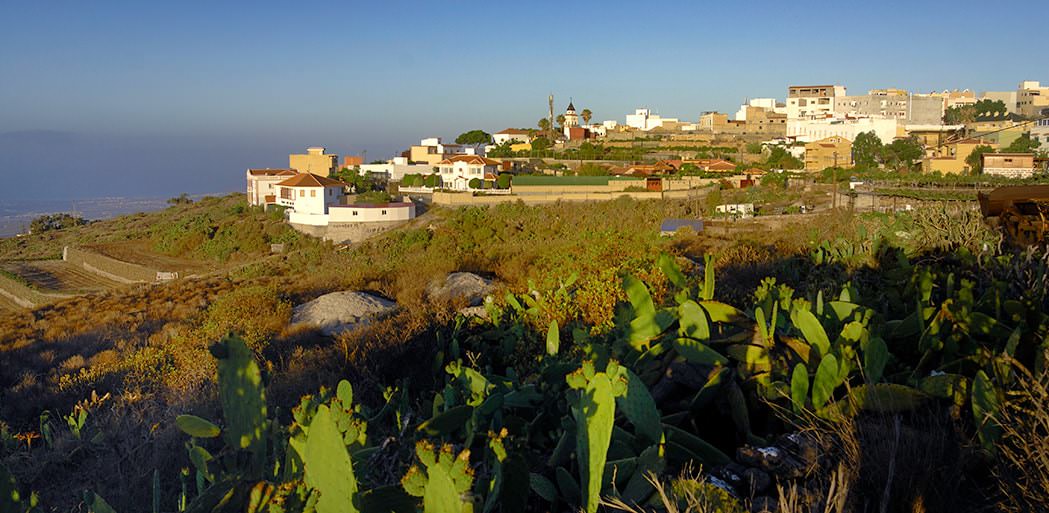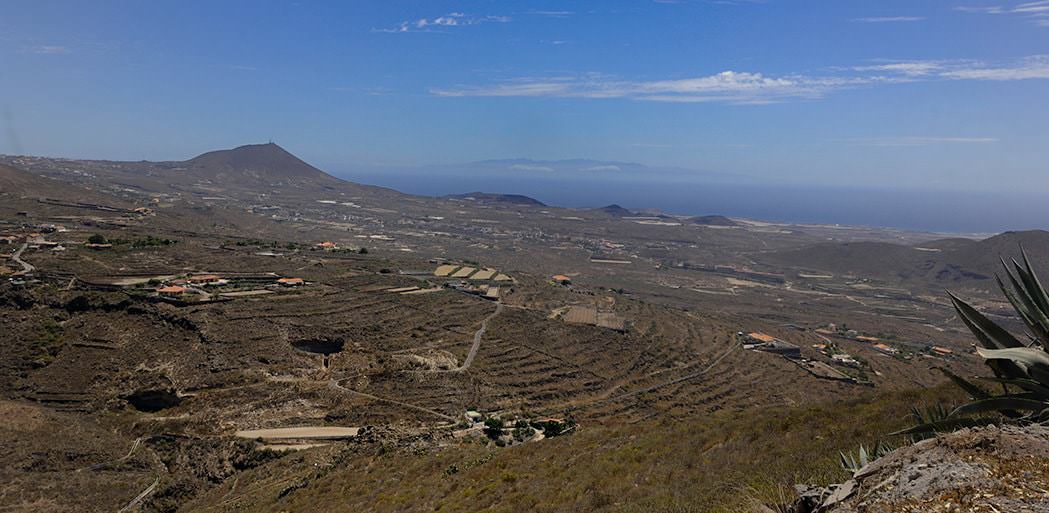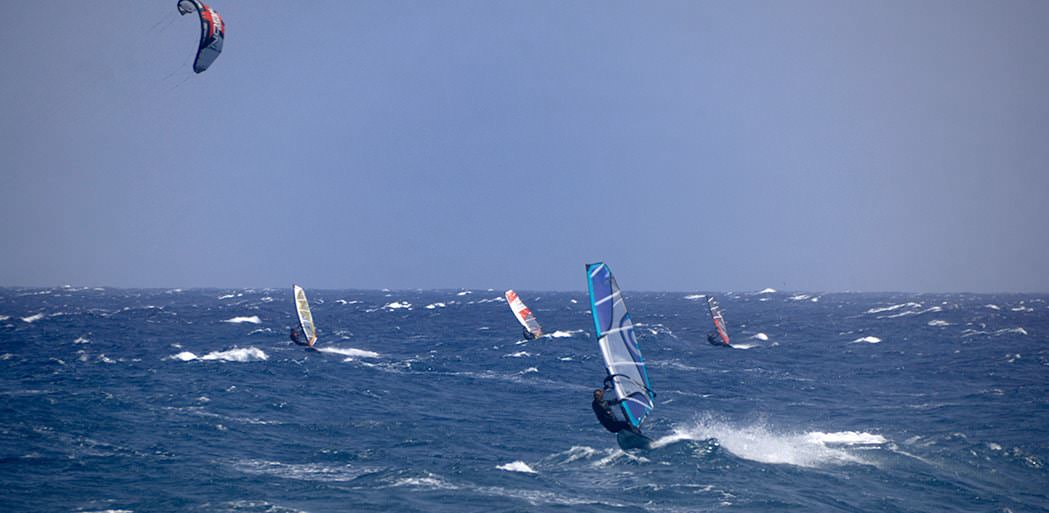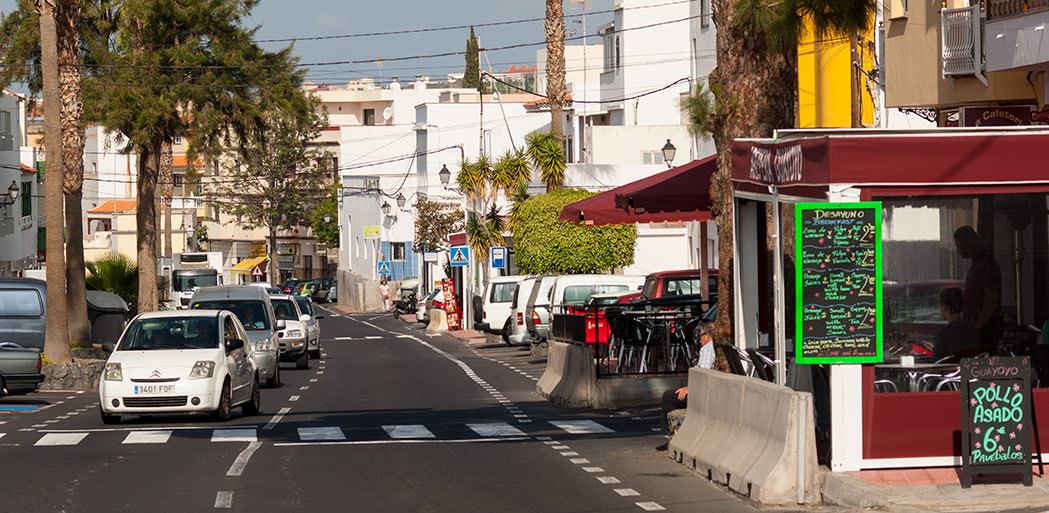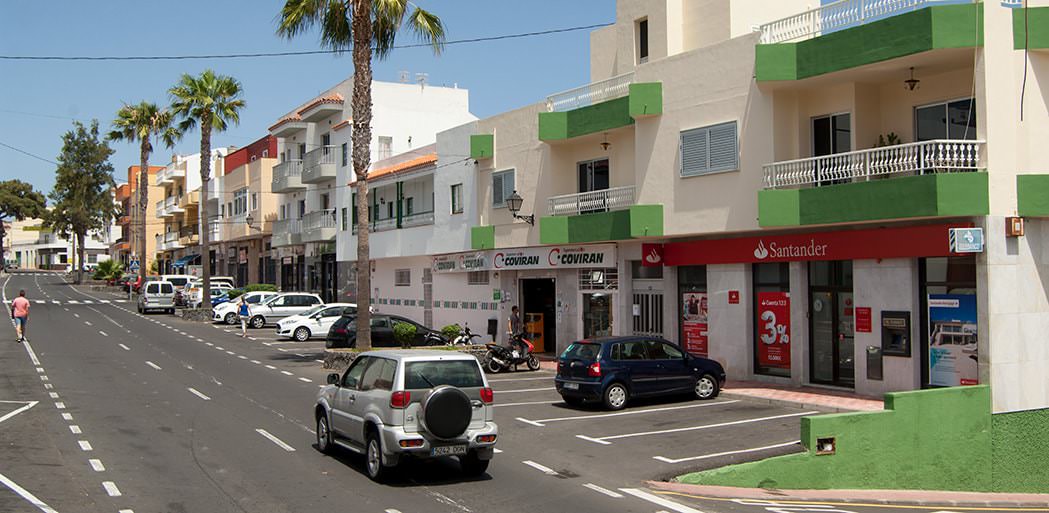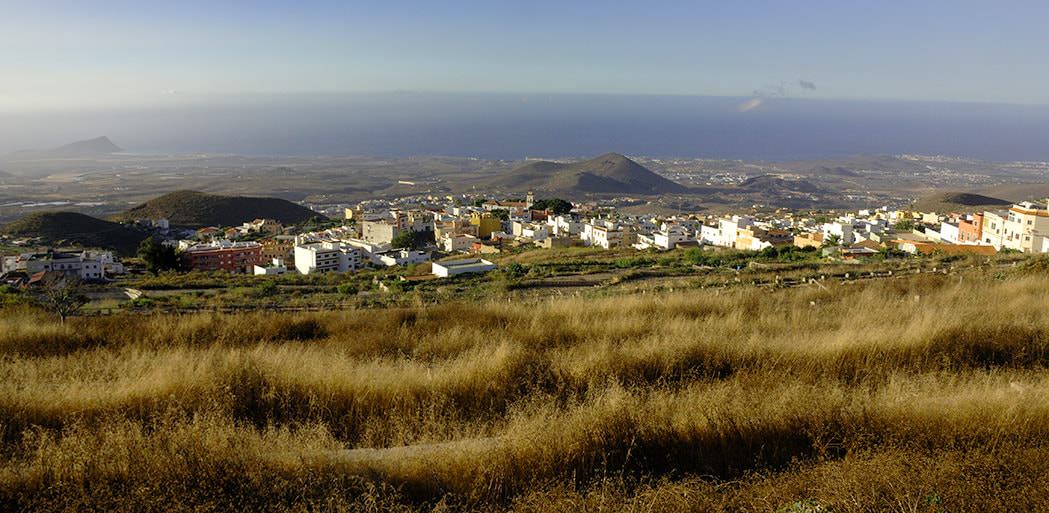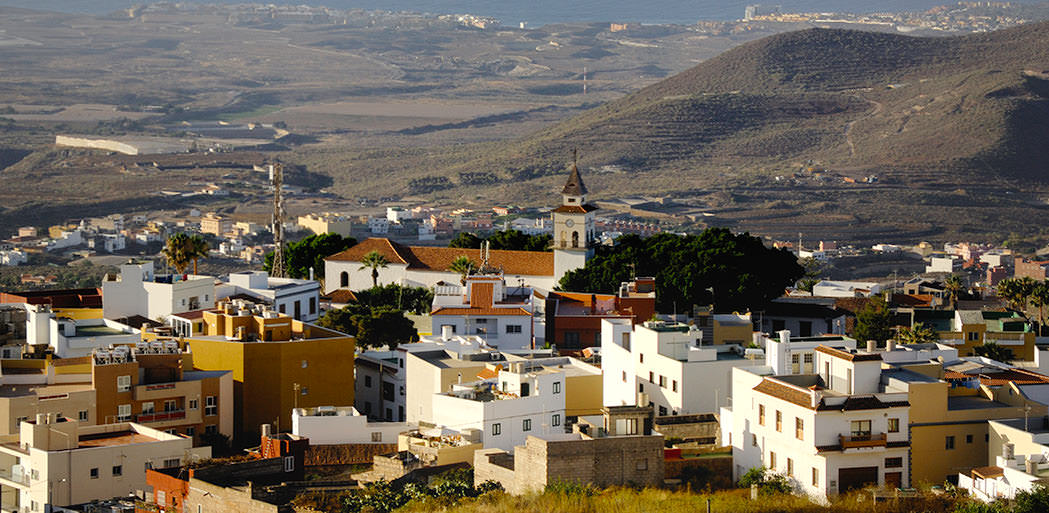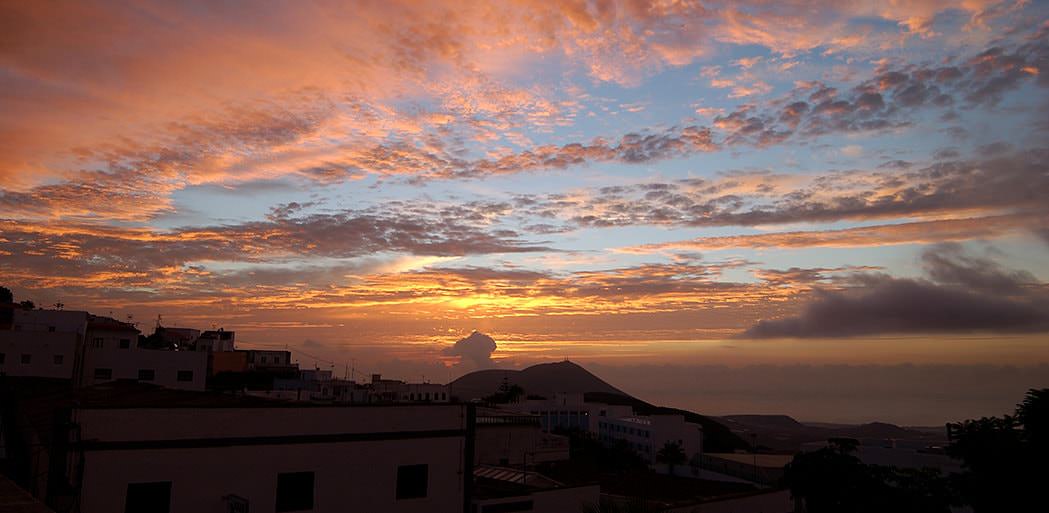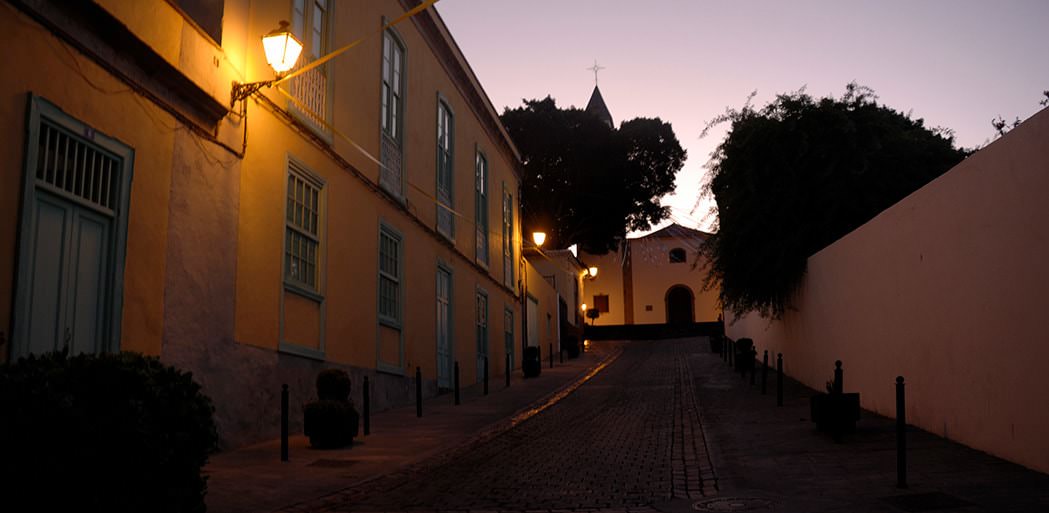San Miguel de Abona gets its name from the chapel that was built in 1665 by the Spanish settlers of the south of Tenerife in honour of San Miguel Archangel that and the Guanche kingdom that it was founded on. Since then, the town has expanded and the chapel still stands. It is also the area's administrative centre.
The municipal capital is located in the town of San Miguel and it’s one of the oldest towns in the south of Tenerife. Its urban core has recently (2013) been declared an asset of cultural importance in the historic category. In fact, in terms of architecture, San Miguel de Abona is one of the best preserved and wealthiest historical nucleus in the south of Tenerife. Thanks mostly to money coming in from the Americas (the colonies) during the 16th – 19th century. You should definitely take your time to explore this historic town centre and take in its past.
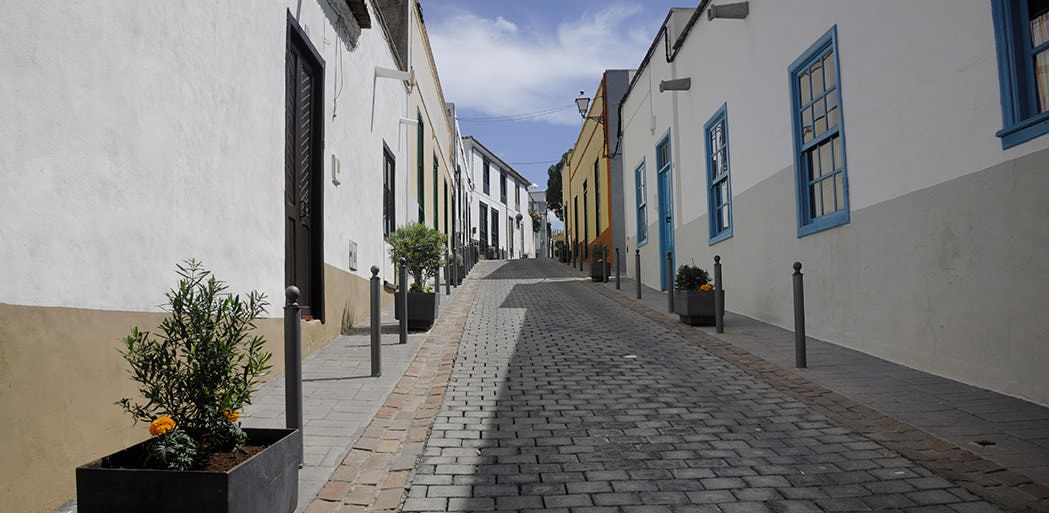
The historic centre in San Miguel de Abona comprises of the municipal library, the church and the house of Juan Bethencourt Alfonso, celebrated anthropologist, who brought the first settlers of the island, the Guanches, into prominence with the international community. Outside of the church's main square, there's the Casa Azul or "blue house", which is now the town hall, La Casa Cuatro Esquina now the tourist office, it was an inn. El Casa del Capitan, now a Guanche museum to the west and El Calvario, all worth a look at when walking around the town.
San Miguel de Abona is a fertile, agricultural area that's interspersed with barrancas, volcanic mountain ranges, pine forests and beaches. Some of the beaches have volcanic black sand, and others are man-made with sand imported from the Sahara desert.
There is plenty to do and discover.
There are local fishing villages, traditional markets with an abundance of fresh produce and unspoilt countryside to walk, run and picnic in. There's biking, windsurfing, go-karting, countless water sports and also golf courses, horse riding, fishing and carnivals. While in September, there's rally car racing in the mountains above San Miguel de Abona.
Within walking distance, there are good quality local restaurants and various shops. Along with supermarkets, bakers, cafes as well as bars, barbers, hairdressers, banks and even a post office -- everything you could need for your holiday in Tenerife.
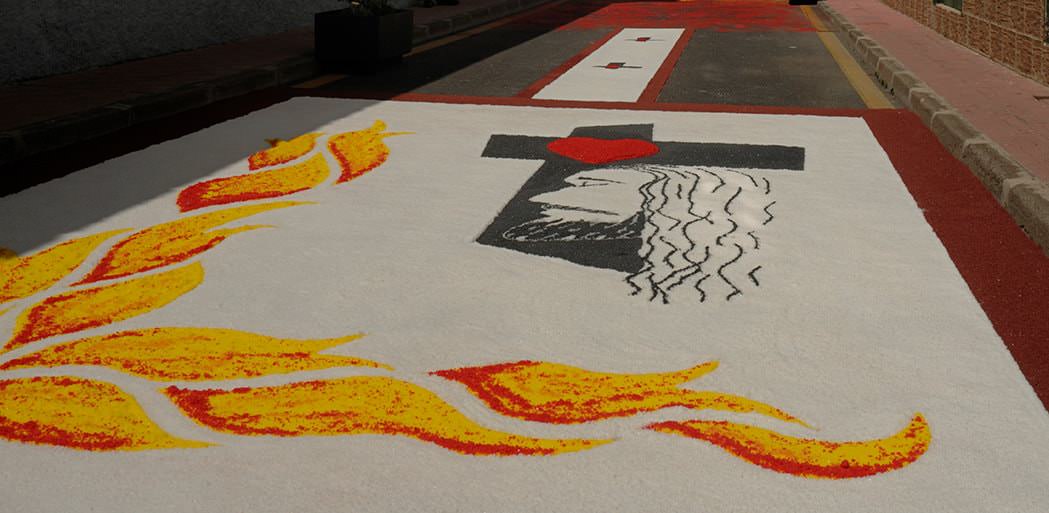
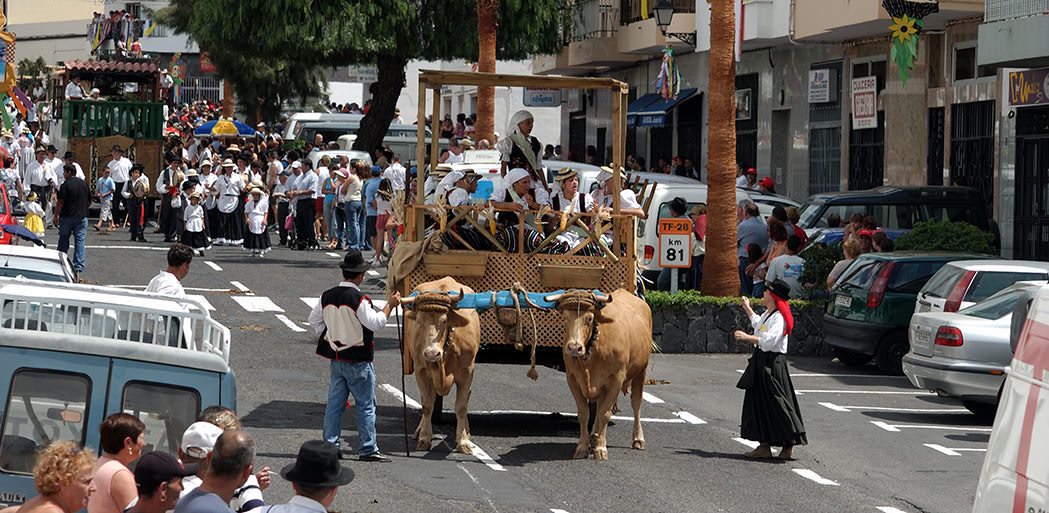
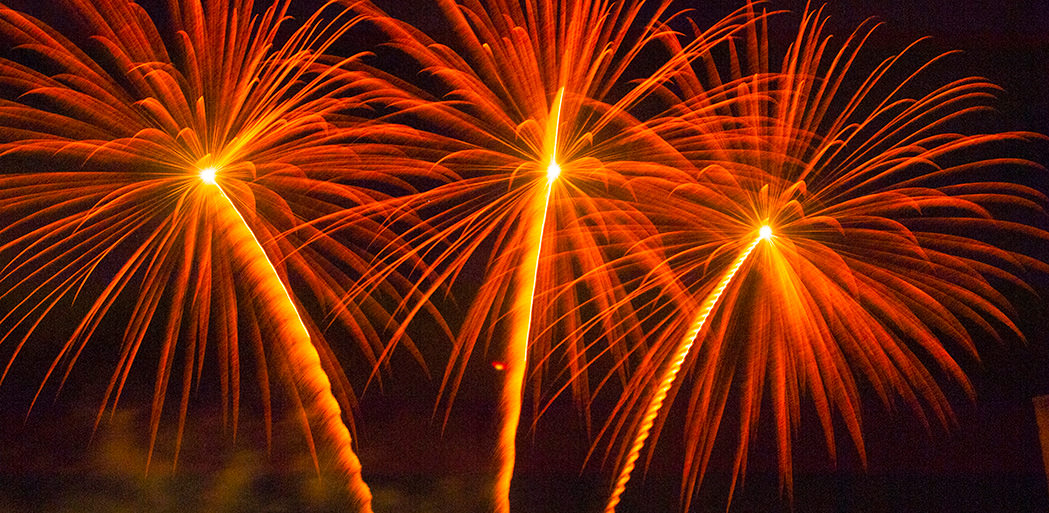
There are many festivals throughout the year, which could just make your holiday in Tenerife a little more special. So, plan accordingly, some of these festivals are "Corpus Christi" in late May/early June, where they make carpets of sand and flowers along the main streets to the church. San Juan Bautista, Tenerife's bonfire night, in late June, when you can smell the smoke in the air and on the beaches. You may see people jumping over the flames three times in an effort to burn away their sins and bring them luck for the rest of the year. In late September, there's the Romeria in the high street, where it's one big party with the locals in costumes. There are singing and Canarian dancing, food is handed out, and there's a big procession. There's also a music festival in November.
So, no matter when you come to visit San Miguel de Abona there will always be something to do.


